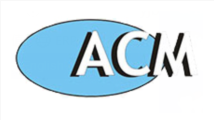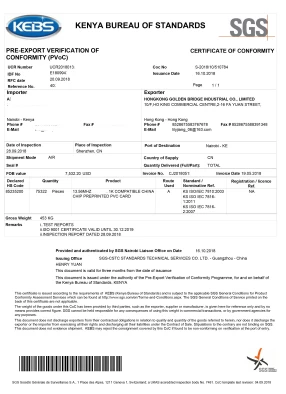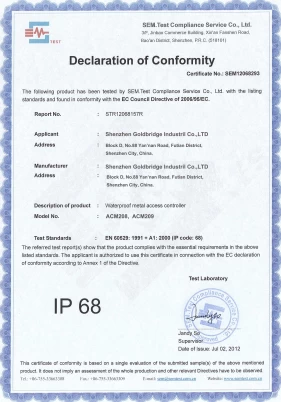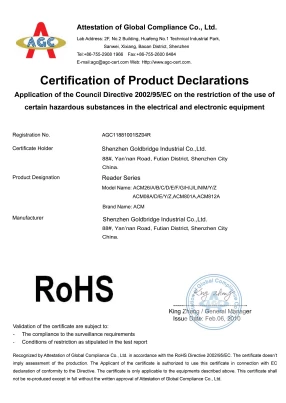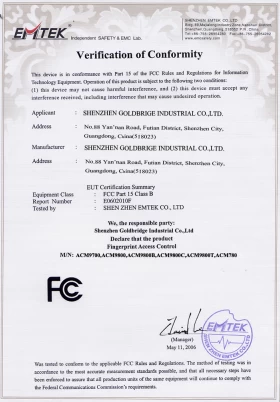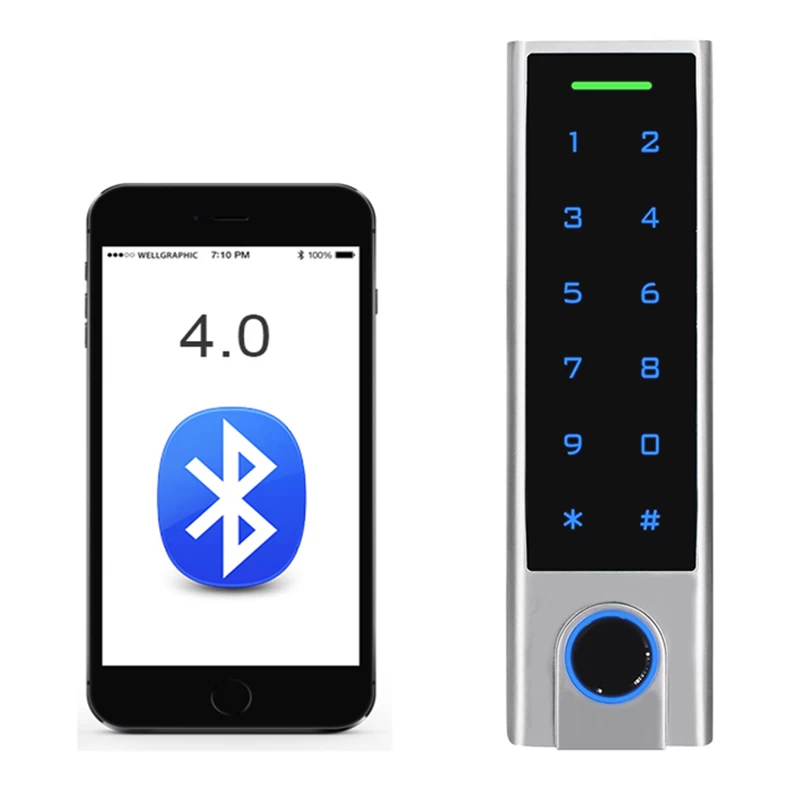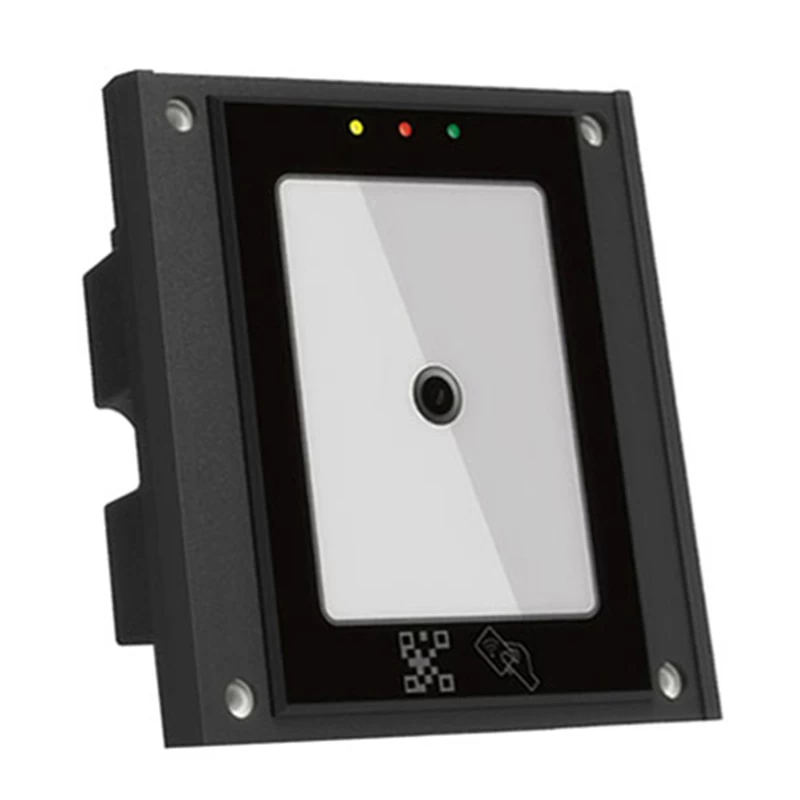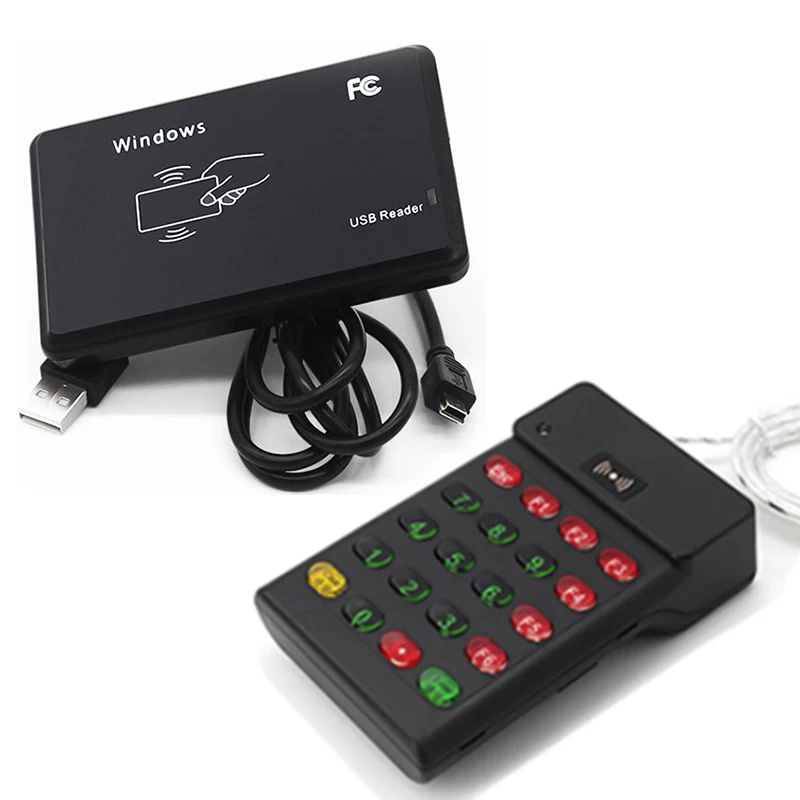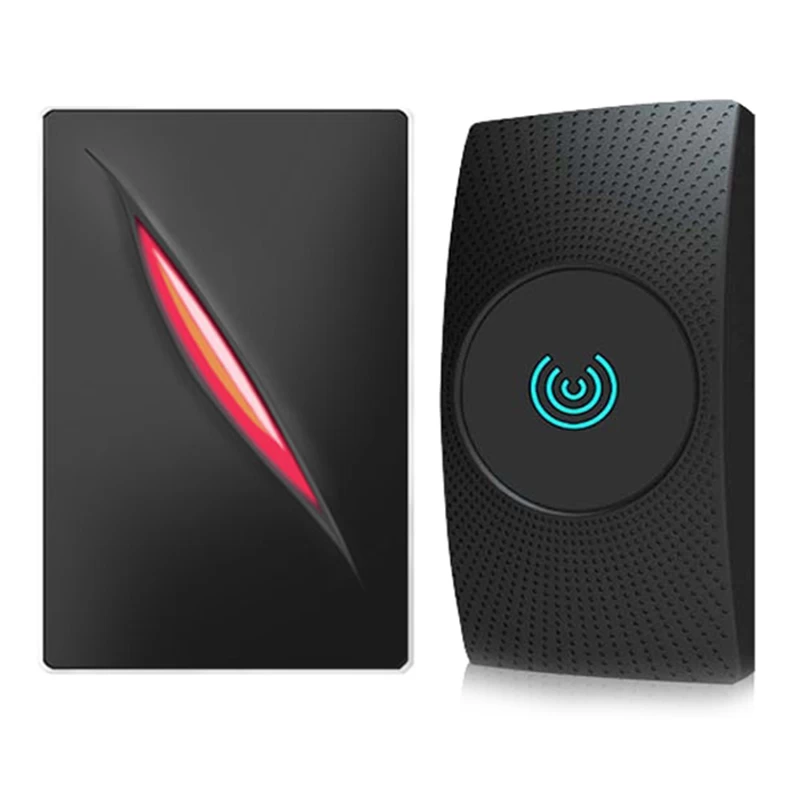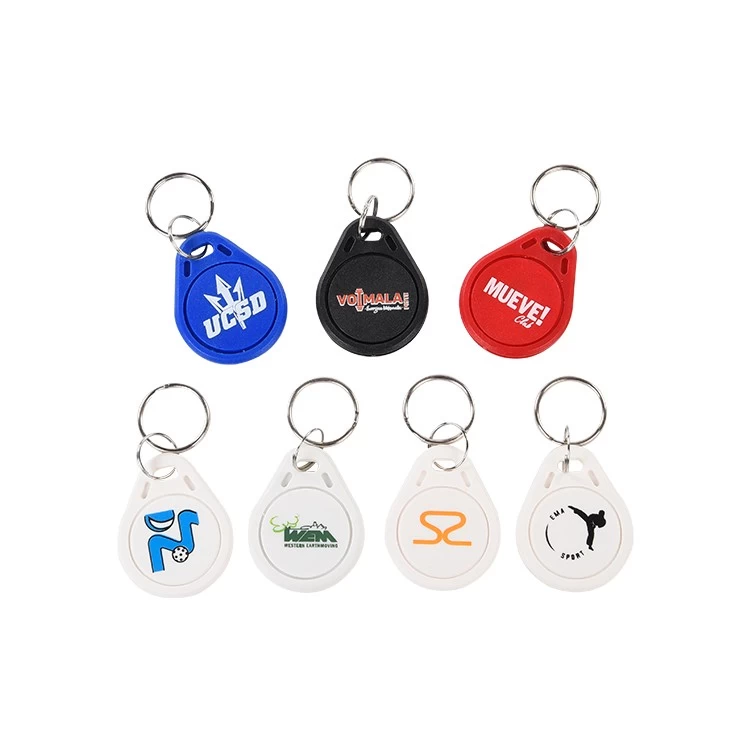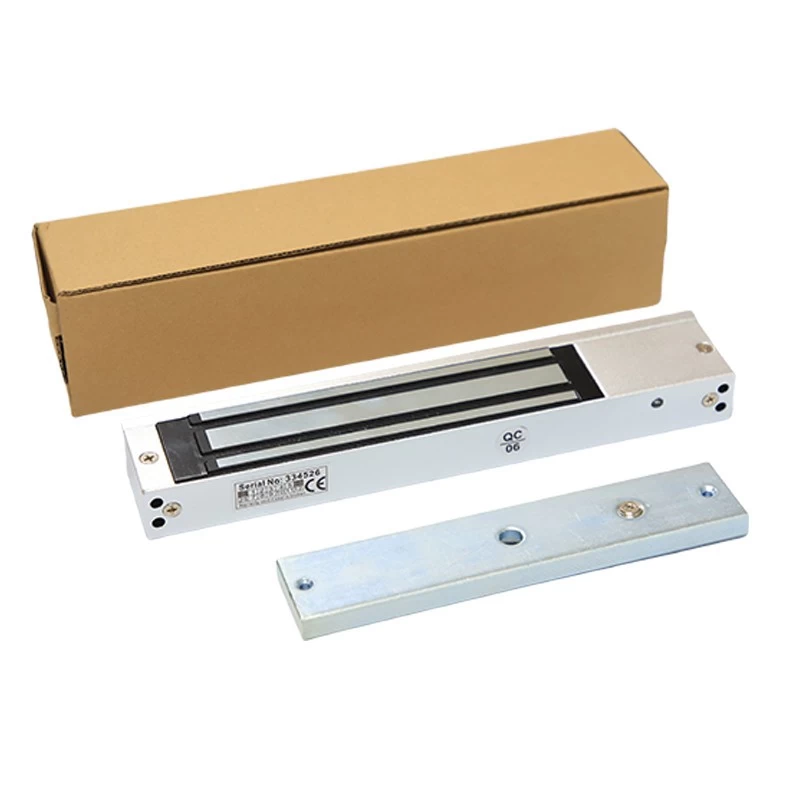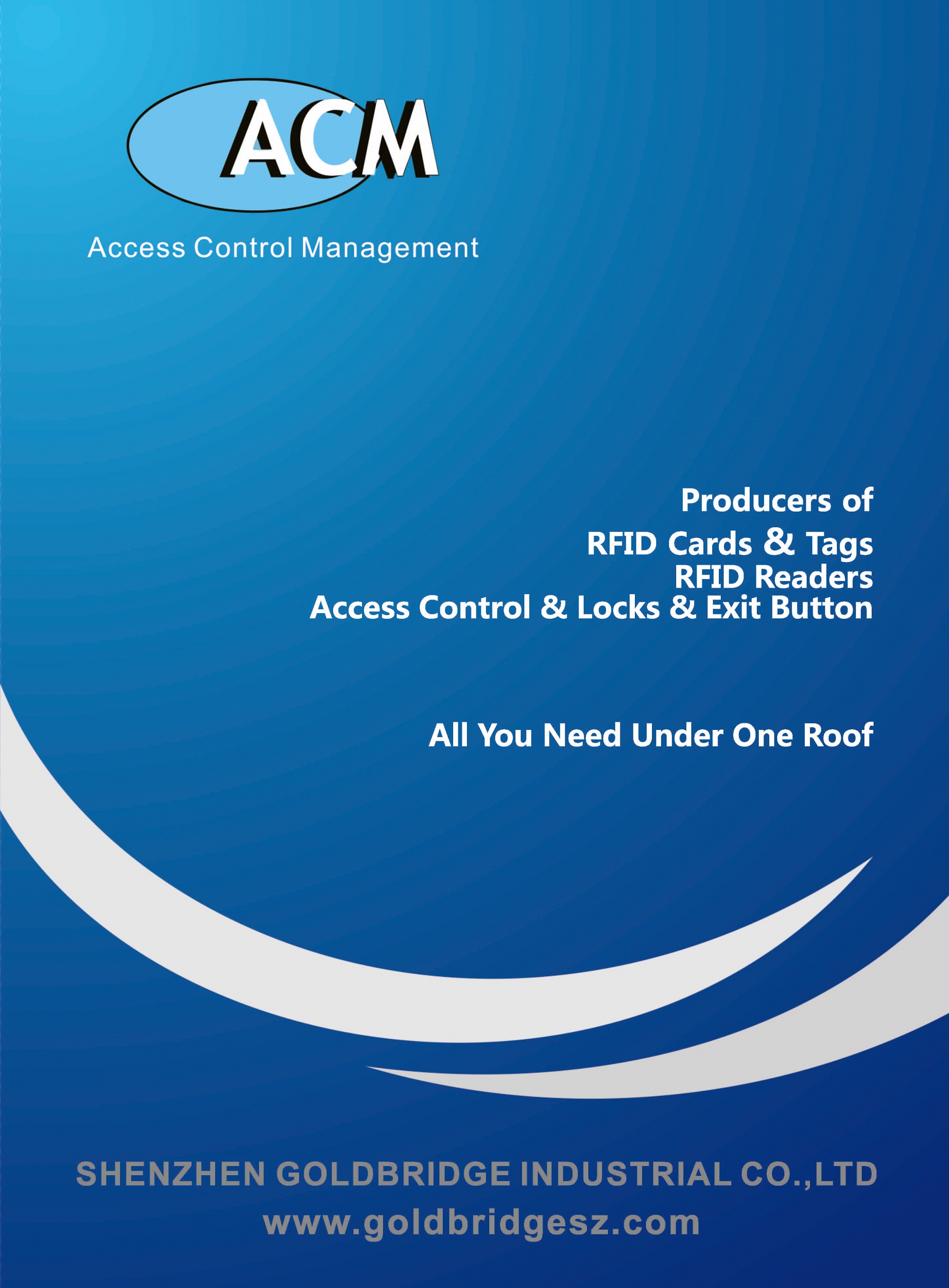Application of RFID tags in logistics

1. Purchase link
Adopting RFID technology to change the traditional seller's purchase management, using the RFID reader to obtain the goods and the logistics information arriving at the same time, and the goods are automatically counted and sent to the information system for storage. After the goods are placed in different warehouse areas, the fixed electronic tag reader can be used to monitor the storage status of the goods in the warehouse, such as designated stacking area, shelf time and other information statistics. When the cargo time limit in the storage area is approaching, an alarm signal is automatically sent to the central dispatching system to notify the staff. When the goods are shipped out, the change of cargo information is also transmitted to the corresponding database. The use of RFID technology makes the registration of goods more automatic, faster and more accurate, reduces personnel demand and cargo loss, enables quick pick up of goods, and minimizes storage costs.
2. Sales link
The merchant uses the RFID tag to count the goods in the sales process, and only needs to check the detailed information of the goods on the host system management software, such as the type and quantity of inventory. Also automatic scanning and billing of items at the payment desk, replacing the cumbersome manual collection mode. The issue of the expiration date that consumers pay more attention to, the system monitors the effective period of certain effective goods, reminds the merchant to deal with it, and avoids the loss of expiration. At the same time, the commodity management system manages the goods, and timely informs the merchants to replenish the goods when the goods are out of stock, ensuring sufficient supply and improving the efficiency of the sales process.
3. Transportation link
RFID tags can be placed on the surface of the goods (for example, on containers and outer packaging) to track and control the goods. The RFID tags of the goods in the process of transportation are read by the RFID readers installed at the station, dock, airport, highway exit, etc., together with the location information of the goods is transmitted to the database of the cargo dispatch center to update the cargo information in the logistics network accurately and timely. The application of RFID technology in the above links makes reasonable product inventory control and intelligent logistics technology possible.
RFID is very suitable for the occasions where non-contact data acquisition and exchange are required for logistics tracking, delivery vehicles, warehouse shelves and target identification. Widely used in warehouse management, transportation management, material tracking and shelf identification in logistics management, stores (especially supermarkets).
